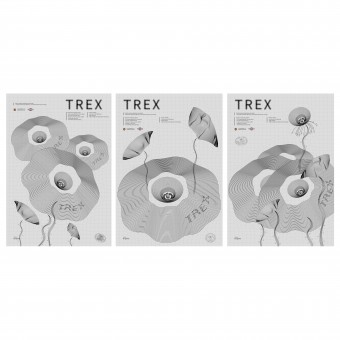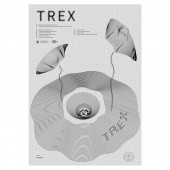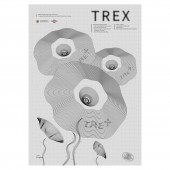
| THE AWARD |
| CATEGORIES |
| REGISTRATION |
| SUBMIT YOUR WORK |
| ENTRY INSTRUCTIONS |
| TERMS & CONDITIONS |
| PUBLICATIONS |
| DATES & FEES |
| METHODOLOGY |
| CONTACT |
| WINNERS |
| PRESS ROOM |
| GET INVOLVED |
| DESIGN PRIZE |
| DESIGN STORE |
| THE AWARD | JURY | CATEGORIES | REGISTRATION | PRESS | WINNERS | PUBLICATIONS | ENTRY INSTRUCTIONS |
Trex Poster by HAN LIU |
Home > Winners > Design #90333 >Interview |
 |
|
FS: What is the main principle, idea and inspiration behind your design?
HL: Compared with other engines nowadays, it improves combustion efficiency and reduces the internal loss of energy by radical engine configuration and design. Like the lotus growing in the pond, TREx is the revolution of traditional engine design.
FS: What has been your main focus in designing this work? Especially what did you want to achieve?
HL: The combination methods which is related to my PhD research.
FS: What are your future plans for this award winning design?
HL: I plan to carry on new projects with the new combination design methods.
FS: How long did it take you to design this particular concept?
HL: One year.
FS: Why did you design this particular concept? Was this design commissioned or did you decide to pursuit an inspiration?
HL: I was trying to make my research practical.
FS: Is your design being produced or used by another company, or do you plan to sell or lease the production rights or do you intent to produce your work yourself?
HL: TREx is registered in international patent PCT. The development of the TREx has been funded by Innovate UK projects 104021 and 72086, Department for Transport T-TRIG project 2020.
FS: What made you design this particular type of work?
HL: The new engineering design and the environment-friendly idea.
FS: Where there any other designs and/or designers that helped the influence the design of your work?
HL: Professor Kyle Jiang
FS: Who is the target customer for his design?
HL: Transportation product companies.
FS: What sets this design apart from other similar or resembling concepts?
HL: The scientific methods.
FS: How did you come up with the name for this design? What does it mean?
HL: Like T-REX, TREx shows its power.
FS: Which design tools did you use when you were working on this project?
HL: Software such as Ansys.
FS: What is the most unique aspect of your design?
HL: The combination of art and science.
FS: Who did you collaborate with for this design? Did you work with people with technical / specialized skills?
HL: Professor Kyle Jiang who is an expert in engineering field.
FS: What is the role of technology in this particular design?
HL: Computational fluid dynamics (CFD) Mathematics Visual communication design
FS: Is your design influenced by data or analytical research in any way? What kind of research did you conduct for making this design?
HL: It ideally echoes the role of mathematics as an interface between science and art, and demonstrates that B-Spline and CFD can form an excellent combination of science and arts and provide a powerful tool for creating and analyzing arts.
FS: What are some of the challenges you faced during the design/realization of your concept?
HL: The challenges of this design are (a)the way of combination between science and art; (b)research about various properties of B-Splines.
FS: How did you decide to submit your design to an international design competition?
HL: I want to share my research achievement with all the designers from different fields.
FS: What did you learn or how did you improve yourself during the designing of this work?
HL: I found a new way to present the combination of art and science.
FS: Any other things you would like to cover that have not been covered in these questions?
HL: No
FS: Thank you for providing us with this opportunity to interview you.
A' Design Award and Competitions grants rights to press members and bloggers to use parts of this interview. This interview is provided as it is; DesignPRWire and A' Design Award and Competitions cannot be held responsible for the answers given by participating designers.
| SOCIAL |
| + Add to Likes / Favorites | Send to My Email | Comment | View Press-Release |





